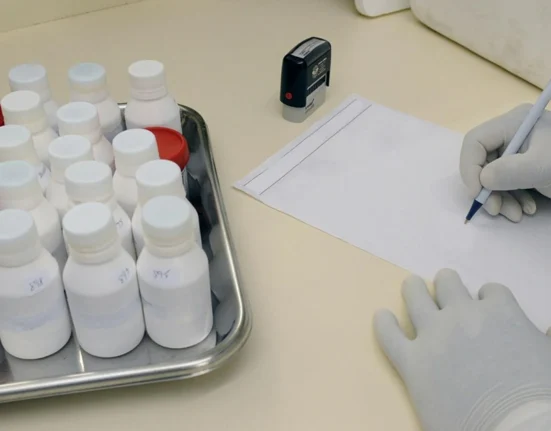In the NMC OSCE Implementation Station, it’s crucial to remember key aspects to demonstrate your competence effectively. Here are ten things to never forget:
1. Station Timing: Practice the NMC OSCE implementation station with a timer and complete in 15 minutes. Recommend to complete prescription reading within 5 minutes.
2. Check Patient Identification: while performing NMC OSCE implementation station, Verify the patient’s identity using at least two patient identifiers, such as their name and date of birth, to ensure you’re administering the medication to the correct individual. Verify Allergy status and reaction as well. Ensure to do Two-time ID and Allergy check of the patient (In the beginning and before administration)
3. Pre-checks before administration– Asking if there is any swallowing difficulty as well as to check if the patient has swallowed the medications. Keep allergy status in mind at all times and make sure medication is safe to administer or not. Ensure to validate Prescription with Prescriber’s details. Ensure to keep Minimum four hours duration between the same pain medication like Paracetamol. Ensure if any stat medication already given
4. Verification before administration– Don’t forget to ask Blood sugar level before giving Anti-diabetic medication as well as Blood pressure and Pulse rate before giving Hypertensive medication. Ensure to check the patient’s weight before administering paracetamol.
5. Review Medication Order: Read prescription with prescriber’s details accurately. Confirm the medication order with the patient’s prescription or medication chart. Ensure you’re administering the right medication, at the correct dose, route, time, and frequency.
6. Check Medication Label: Examine the medication label for accuracy. Verify the medication name, strength, dosage form, and expiration date to prevent errors.
7. Prepare Medication Safely: Prepare the medication in a clean tray, dispense medicine from bottle to cap, cap to cup without touching it.
8. Explain to the Patient: Communicate with the patient about the medication you’re administering. Explain its indication, potential side effects, and any specific instructions they need to follow. If you have any doubt regarding indication/side-effect, check the BNF and verbalize
9. Document Medication Administration: Record the medication administration accurately in the patient’s medical record or medication administration record (MAR). Complete documentation for omitted drugs accurately with code/sign and on the back page of the prescription chart as well. Sign accurately for given drugs only after administration
10. Document your details on page 2 on the chart. All administrator documents the details on page 2
By following these steps meticulously, you can ensure safe and effective medication administration during the OSCE Implementation Station, demonstrating your proficiency in this essential clinical skill.
By avoiding these errors, you can ensure accurate blood glucose monitoring and maintain patient safety in the NMC OSCE blood glucose monitoring station.
NMC OSCE For nurses Everything You Need to Know in 2024 👉 Click Here
For Any NMC OSCE Related Queries and Training Chat with Us!
















Leave feedback about this